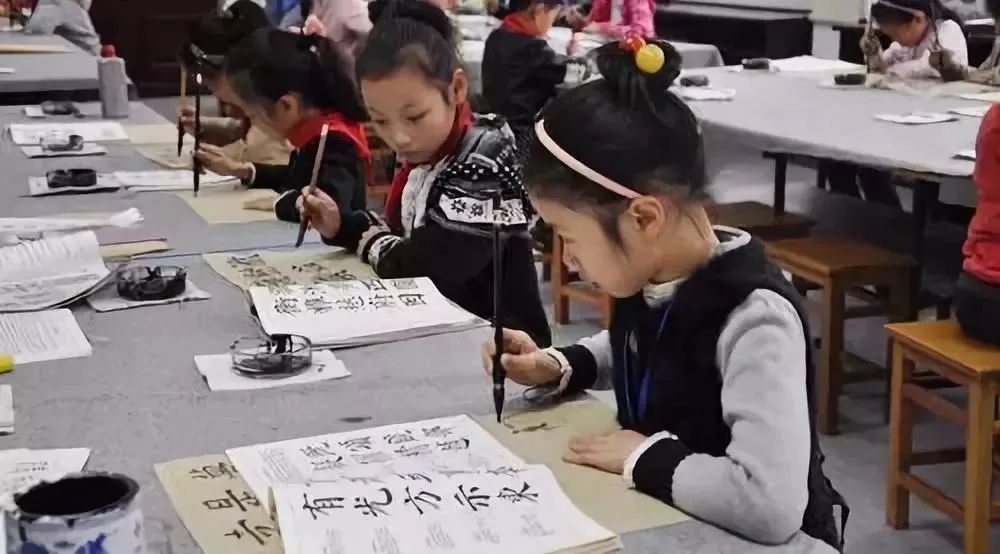1. Imagination
When writing, we can think about the posture and expression of the words as we please without restriction.
Einstein said: "Imagination is more important than knowledge, because knowledge is limited, and imagination summarizes everything in the world, promotes progress, and is the source of knowledge evolution." Therefore, bold and rich imagination is Necessary factors for artistic creation and scientific invention. Talented scientists and artists are rich in associations. In their in-depth thinking, they draw inferences from one instance to another, generate creative inspiration, and transfer knowledge, skills, and methods in a certain field to a new field, and then something will happen. New wonders.
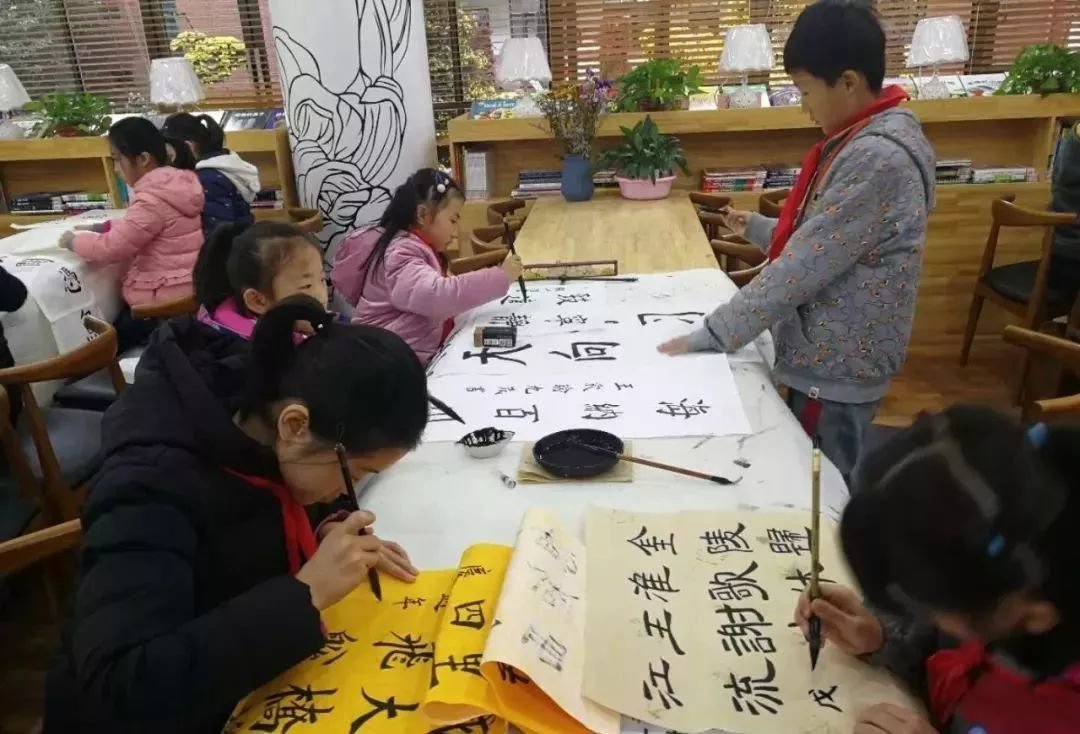
2. Aesthetic ability
Children who have studied calligraphy should have this experience. When copying copybooks, you will discover some details that were not easily noticed before. And find a feeling of beauty in it.
Aesthetic ability cannot be bought with money, nor can it be learned in a one-month crash course. Aesthetic taste is influenced by the living environment and artistic cultivation of children since childhood. A child who has loved art and calligraphy since childhood, and a child who has only watched TV and played games since childhood, will have a very big difference in temperament when they grow up.
3. Styling ability
No matter what style of work you create, modeling ability is the basic skill of calligraphy. With the ability to shape, you can express yourself better.
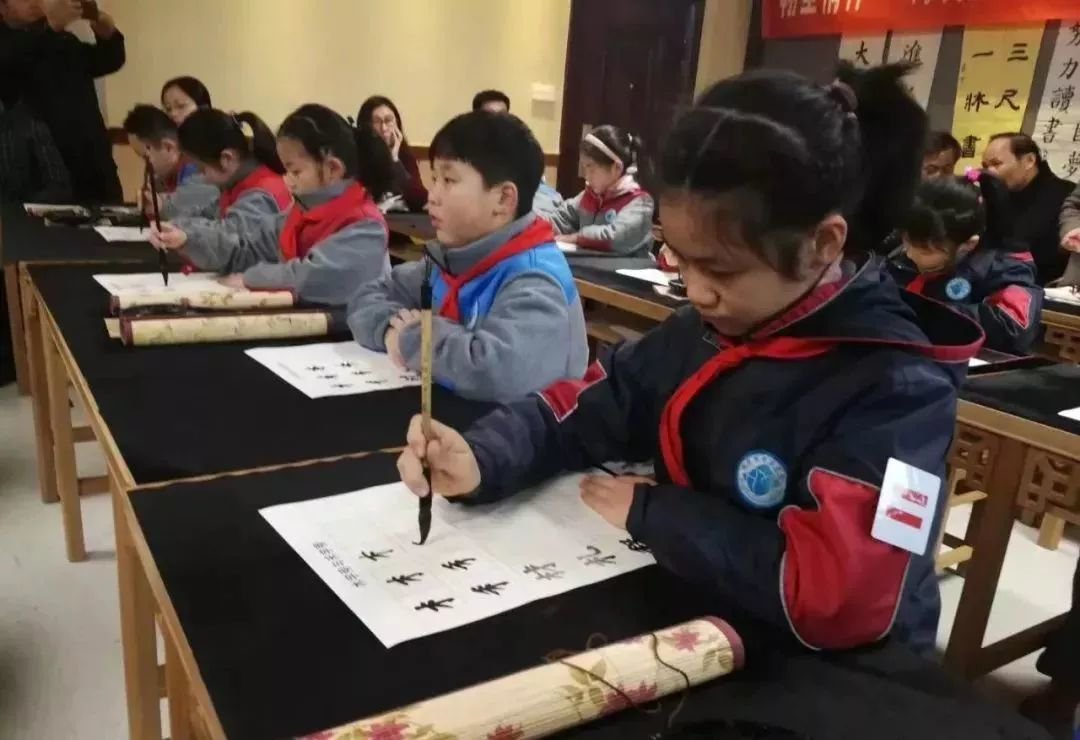
4. Observation
One of the most important features of copying training is strong observation ability. Whether copying seal script or cursive script, children will try their best to observe and copy so as to make them resemble each other.
In the process of copying, children will continue to observe the world from their own perspective and integrate it into their own writing process. People who learn calligraphy look at the world from different angles than people who don’t learn calligraphy. People who learn calligraphy pay more attention to the details and texture of an object, and are better able to observe and appreciate the beauty of the world.
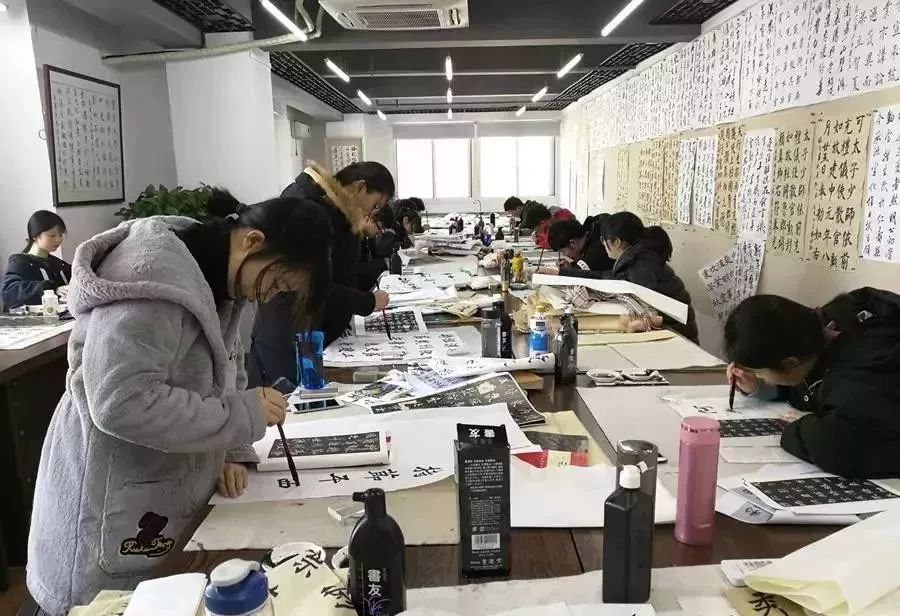
5. Endurance
Learning calligraphy can be said to be a hobby that can make people calm. When you choose to learn calligraphy, you decide to cultivate your endurance. This is the so-called "three nines in winter and three volts in summer"!
6. Memory
The purpose of observation is to accumulate, and human wisdom is the result of continuous accumulation of knowledge. Accumulating knowledge is inseparable from memory. The language of calligraphy is image, and the accumulation of images also relies on memory. Therefore, memorizing copybooks and learning certain styles are all ways to continuously strengthen your memory.
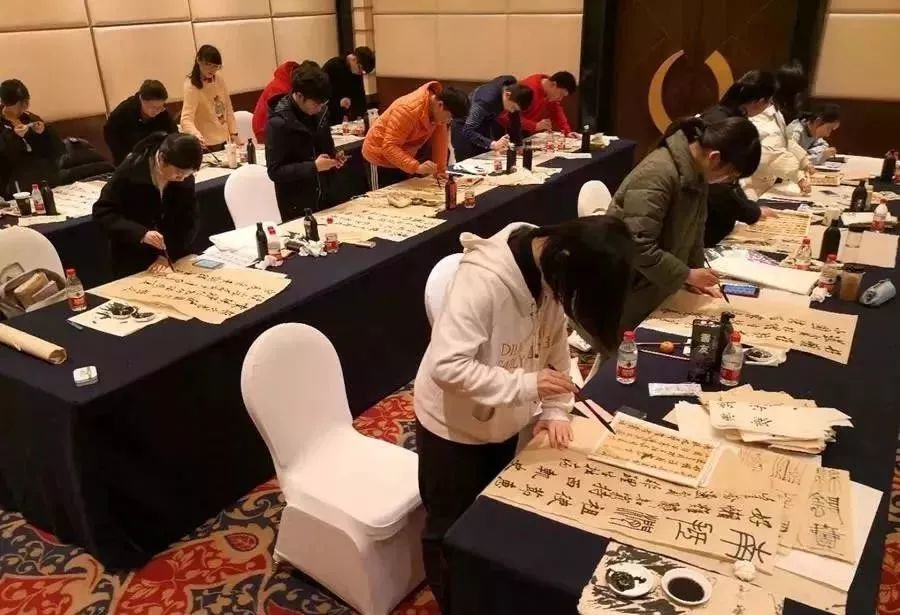
7. Sensibility
The brush is soft and elastic. How to grasp the lifting and pressing in a soft state is an improvement in sensitivity. The very subtle adjustments in the brush will turn into tiny electric waves that are transmitted to our fingers, so it is a way to continuously train our sensitivity.
8. Thinking ability
Thinking is the human brain’s processing and reflection of reality. We observe things, analyze and summarize them to discover the inner connections of things, grasp the laws of development, and then make inventions and creations. It is not difficult to observe that a person who is good at drawing has an active mind and rich imagination. This is because he is exposed to a lot of dots and drawings in calligraphy activities, receives a lot of sensory stimulation, accumulates rich perceptual knowledge, and engages in active image thinking activities. In the process of continuous calligraphy creation, children will continue to break their original thinking and stereotypes. Enhance the brain's thinking ability.
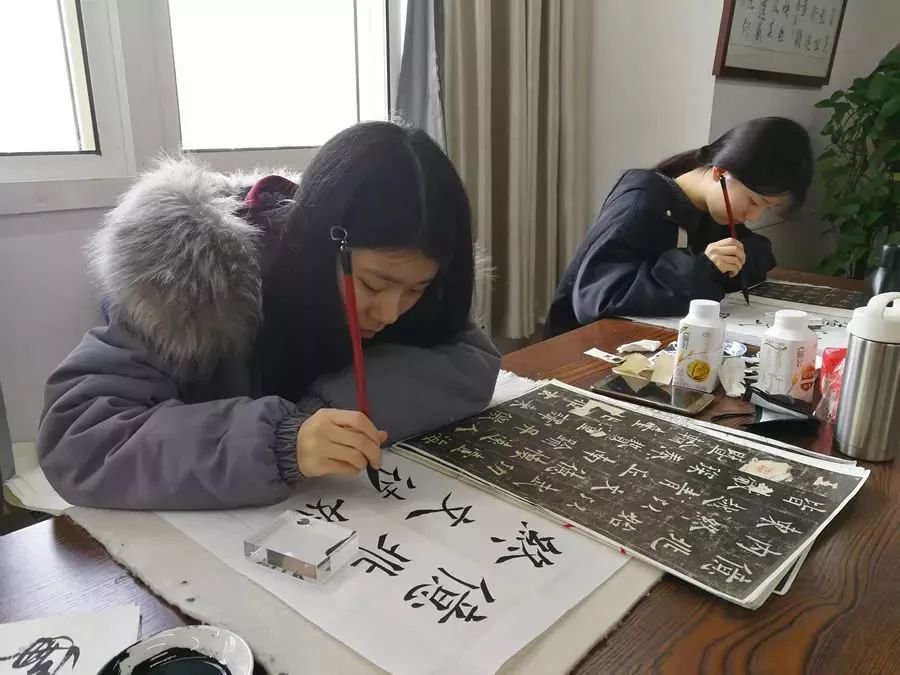
9. Analytical ability
Whether it is copying or preparing to write a decent work, the author needs to constantly analyze, how to write, what to write, etc. Analyze other people's successful experiences and analyze the characteristics of classic inscriptions, so that you can have a solid foundation of understanding. Children analyze copybooks and contact writing works over a long period of time, and can make accurate judgments from overall and subtle aspects, and write good calligraphy.
10. Generalization ability
How to deal with a complex structure? Chinese calligraphy has its own unique way of dealing with structural beauty. How to summarize a pattern of word knotting requires the ability to summarize. With long-term training, children's generalization ability will also be enhanced.
